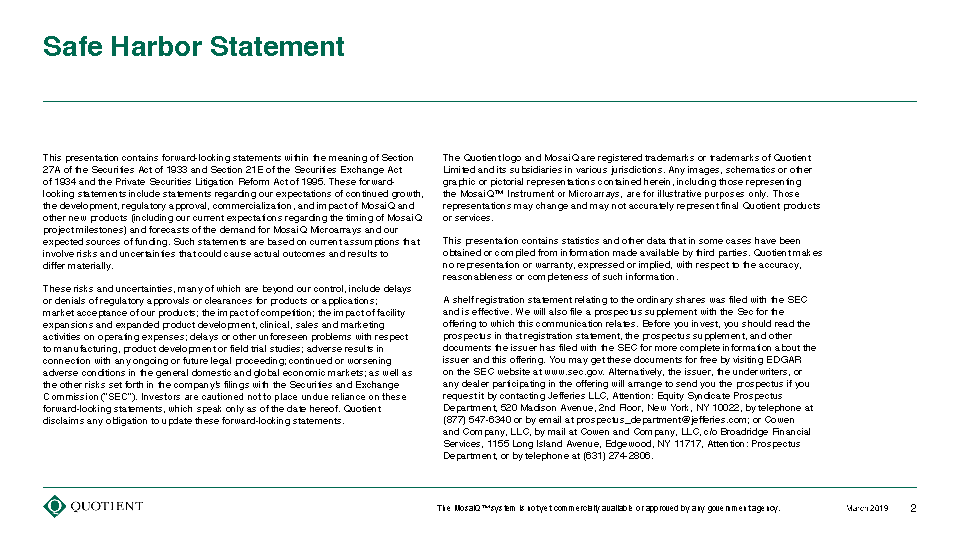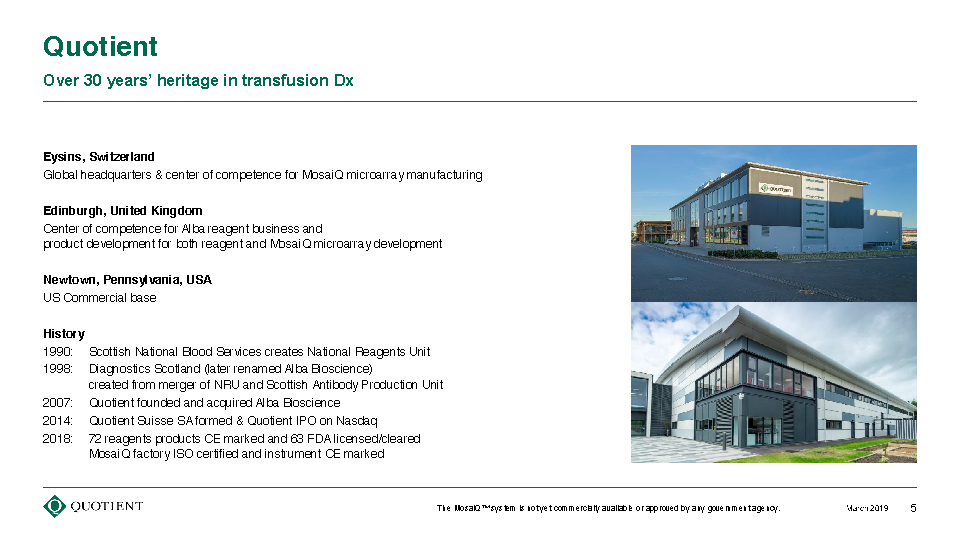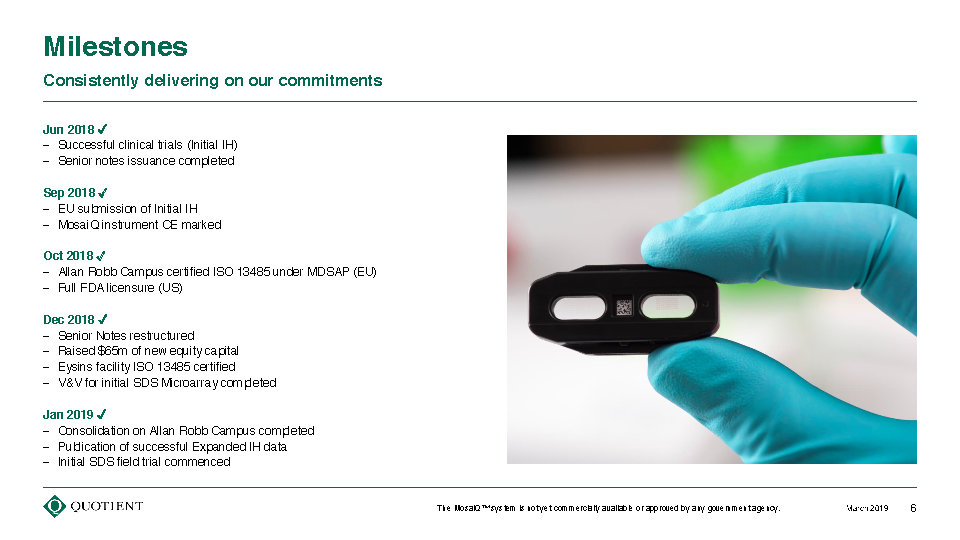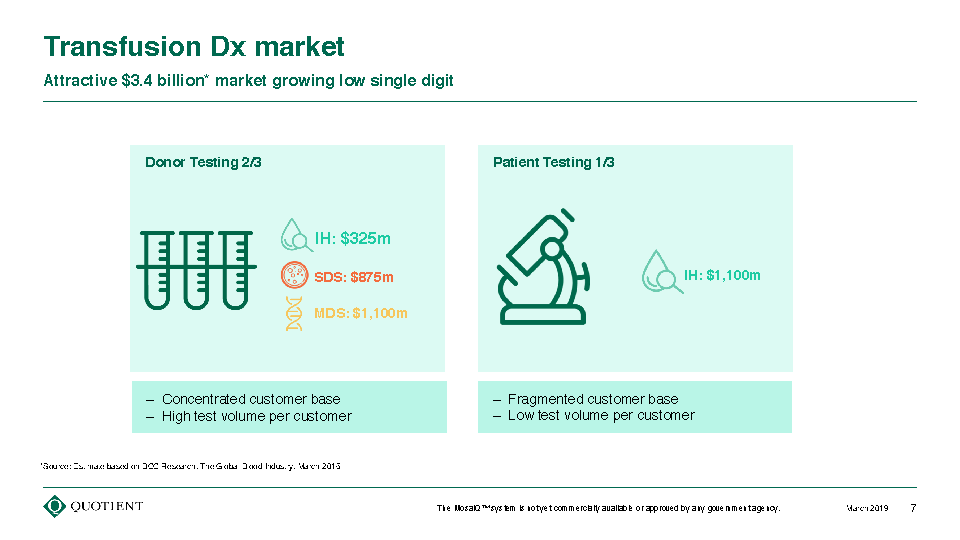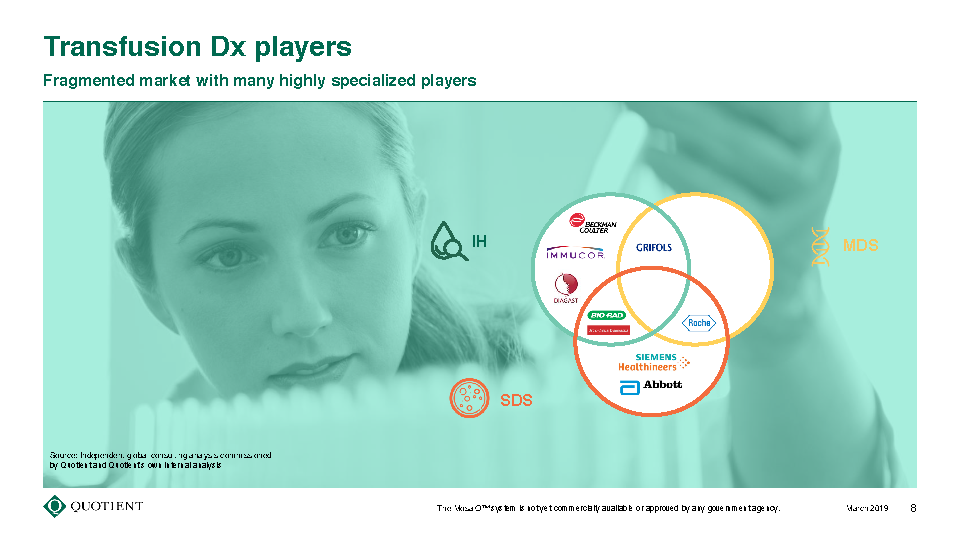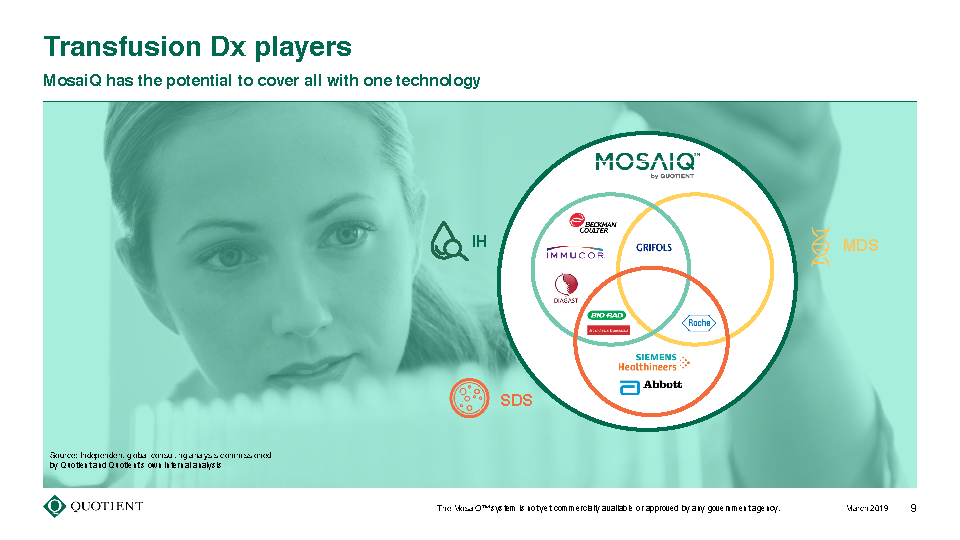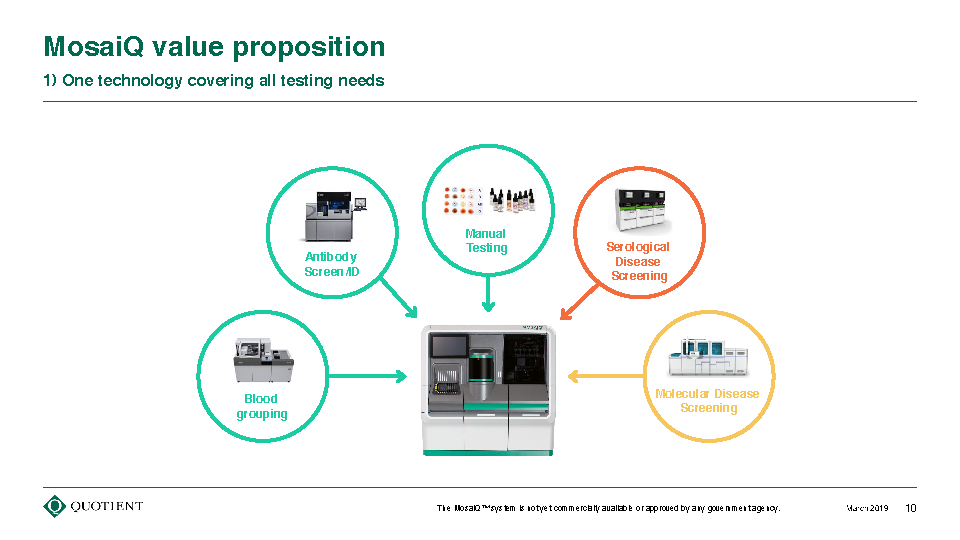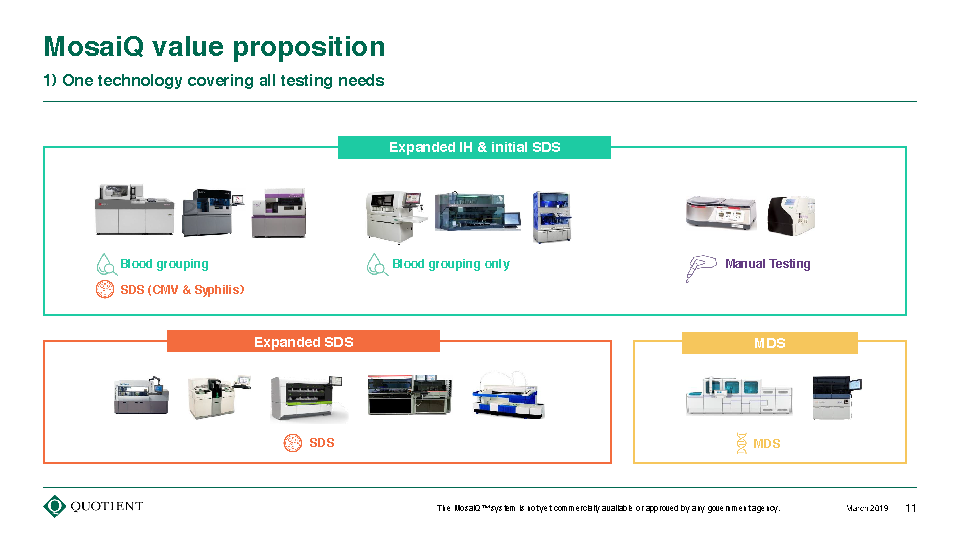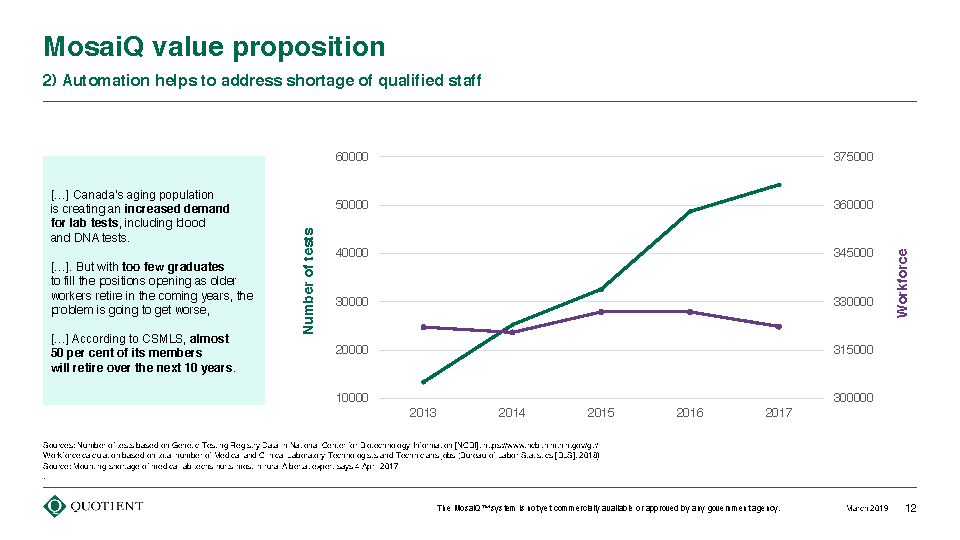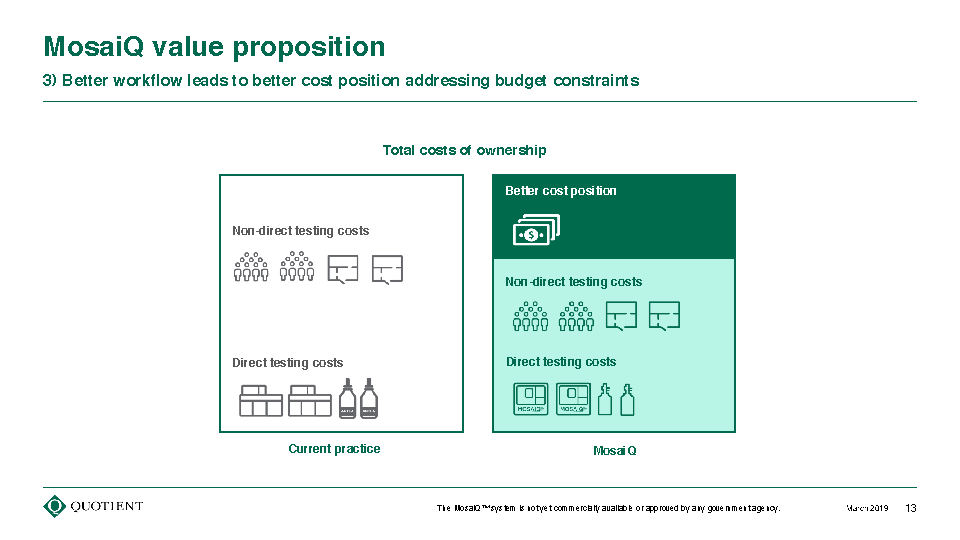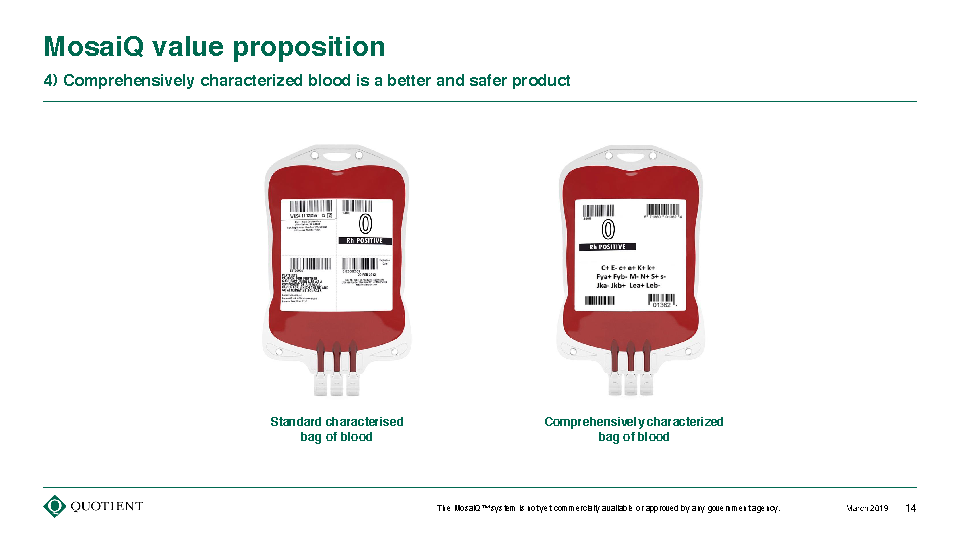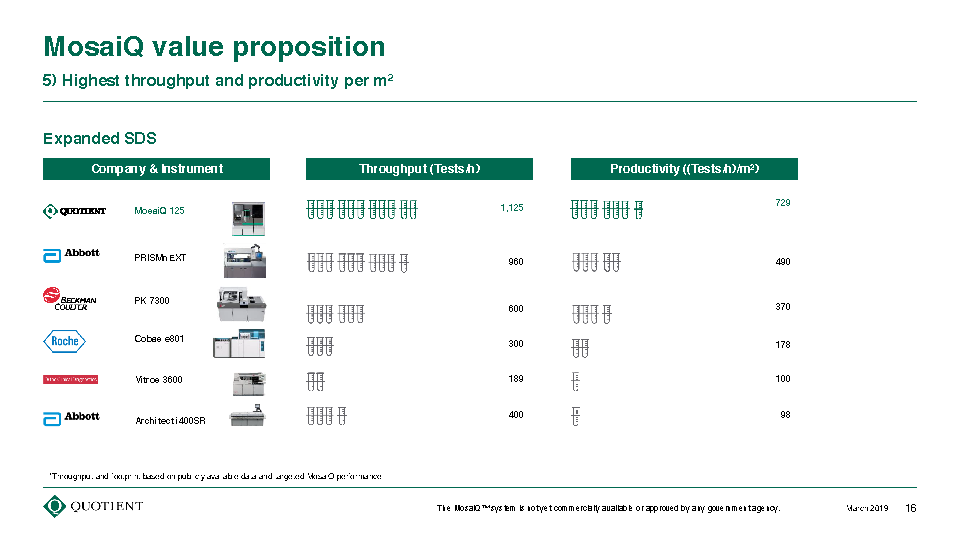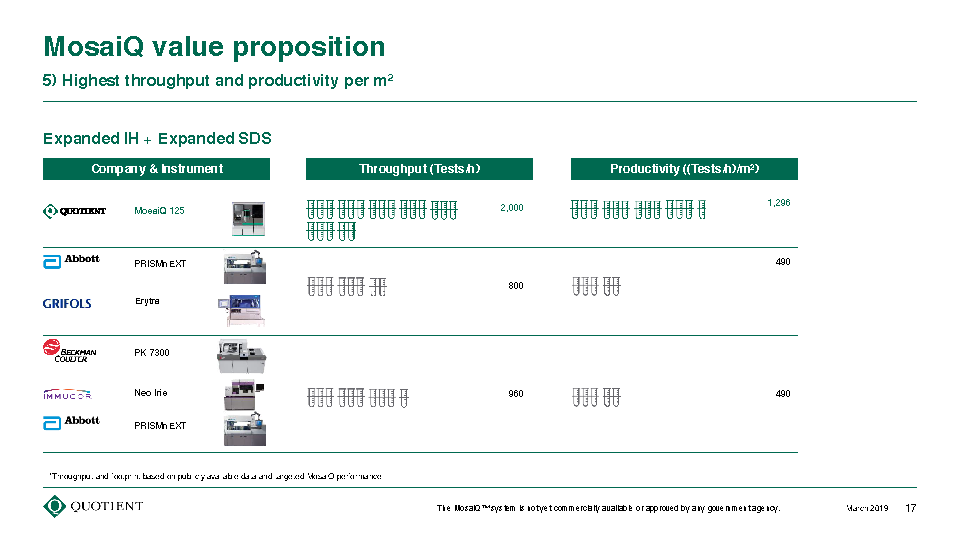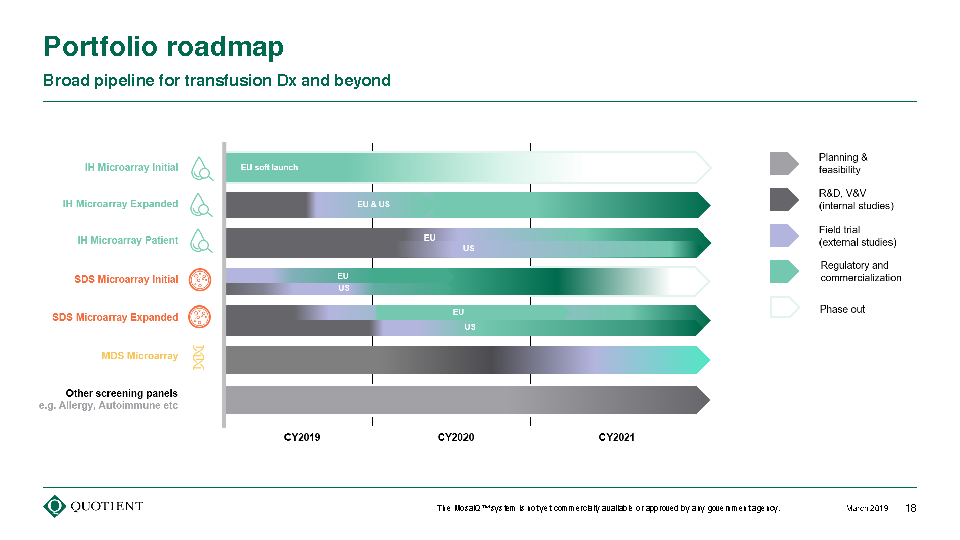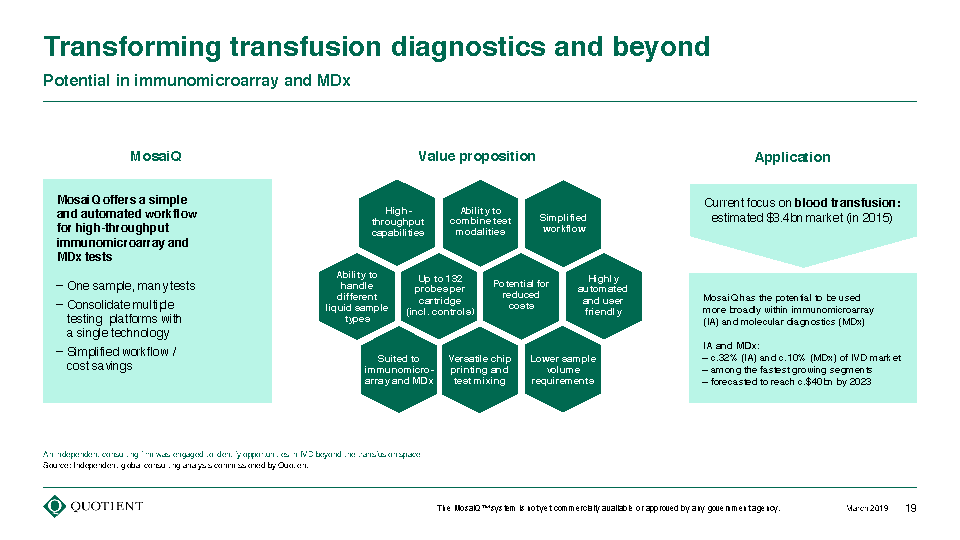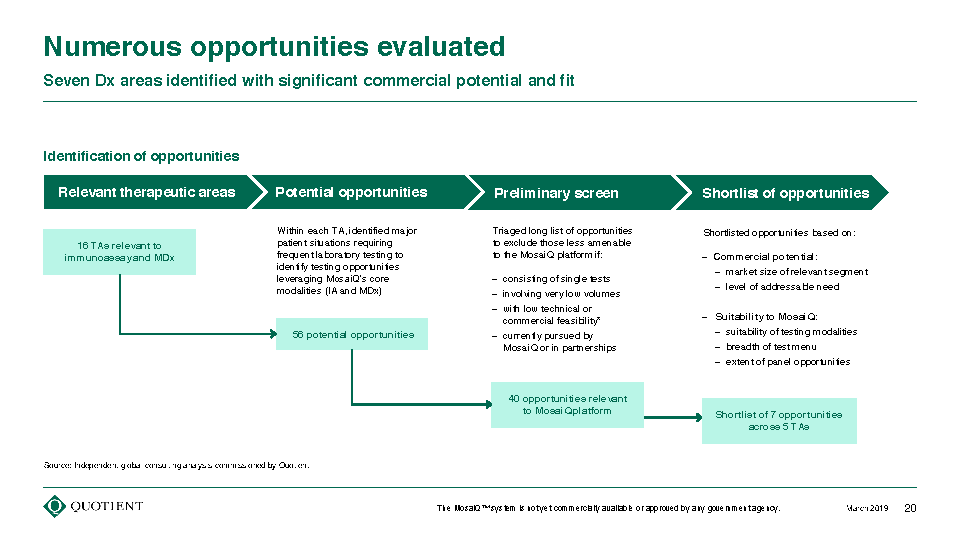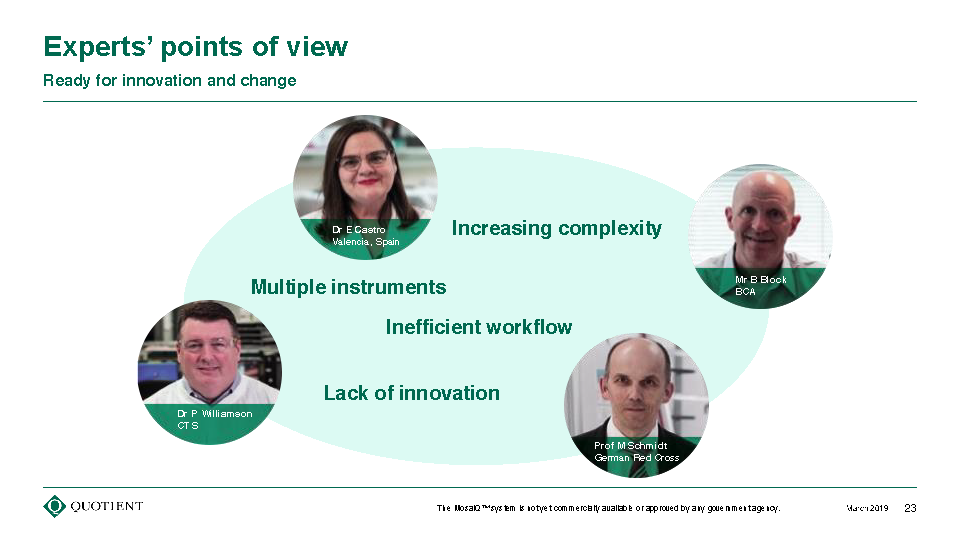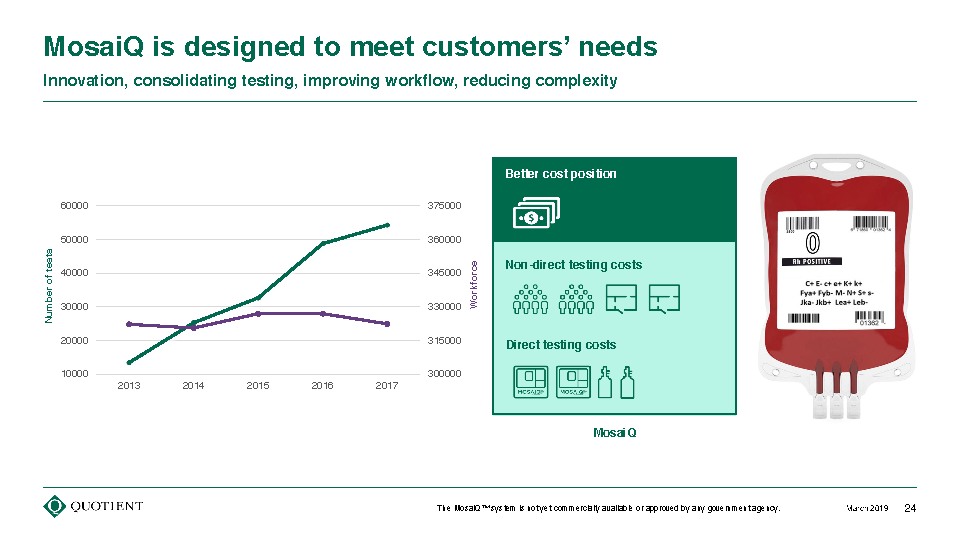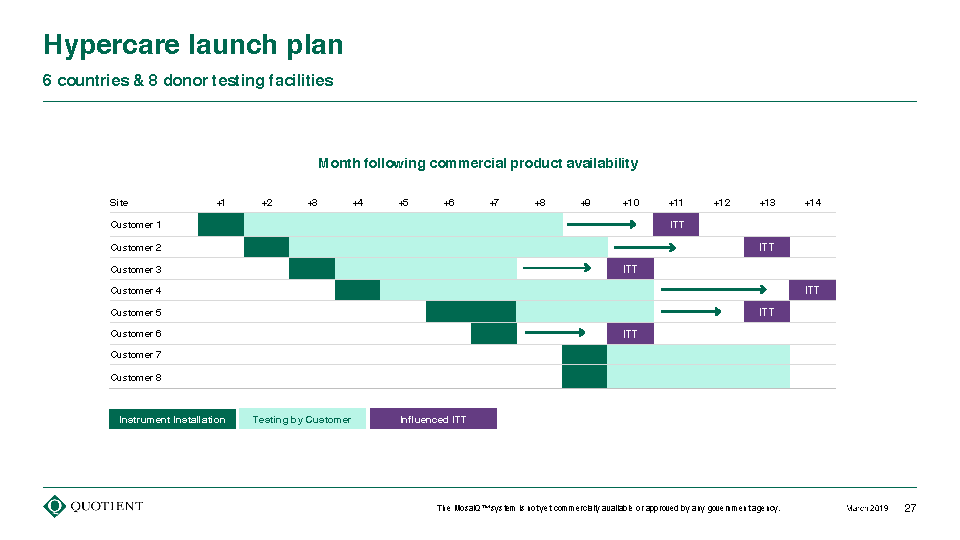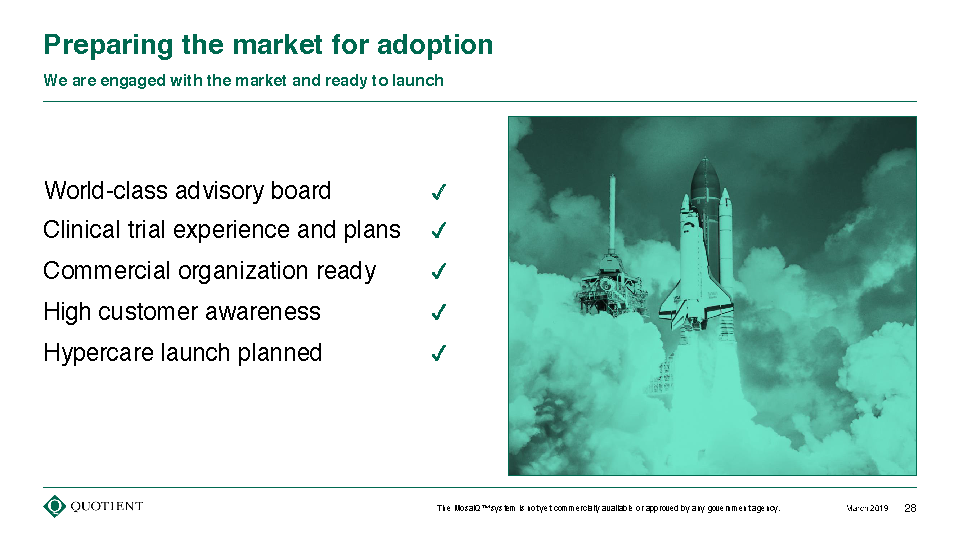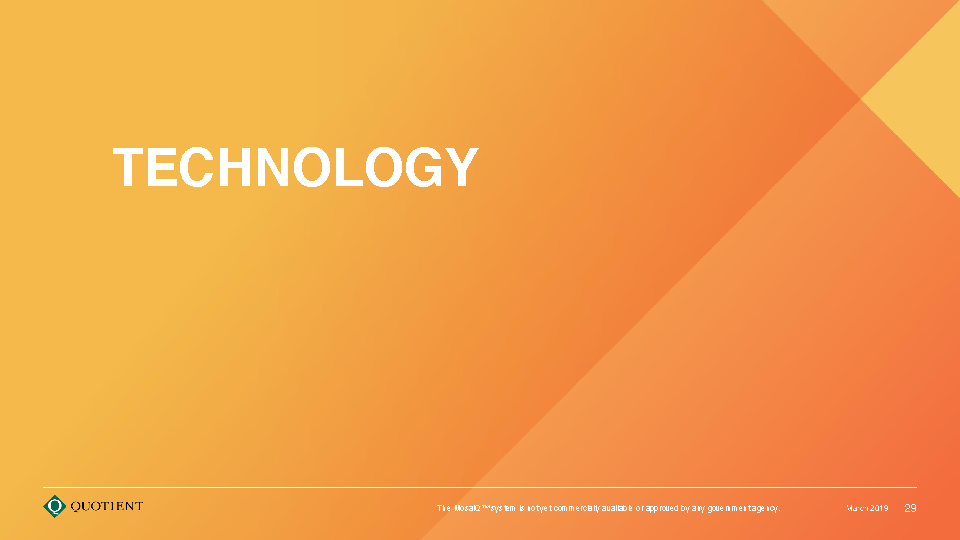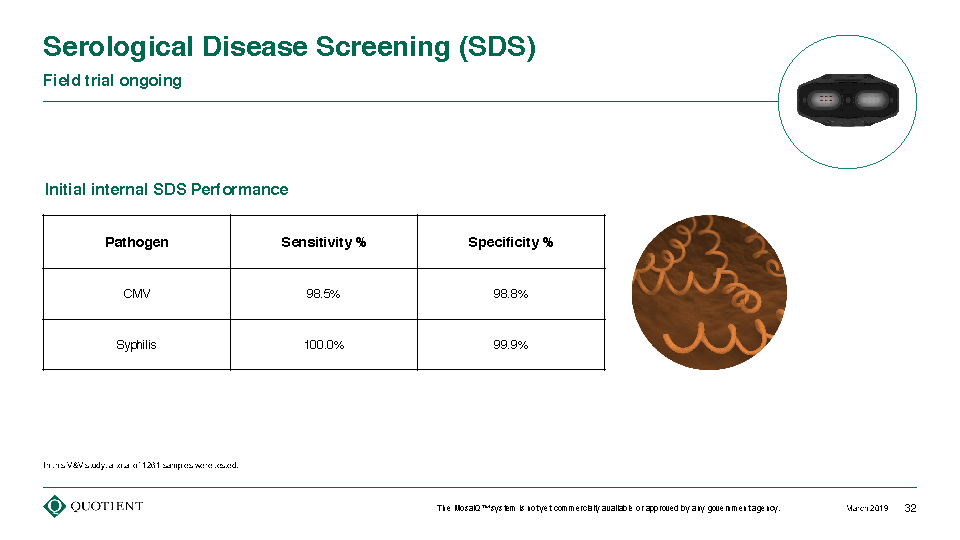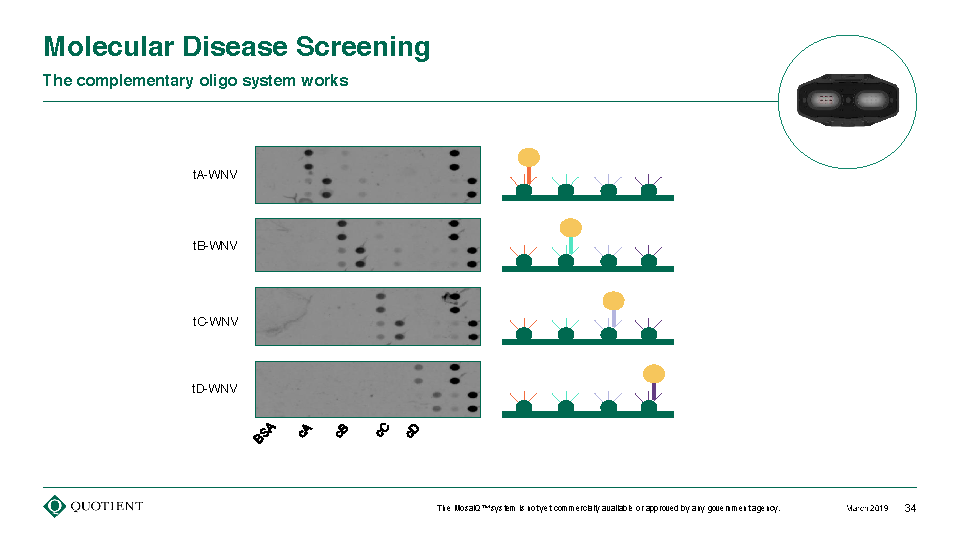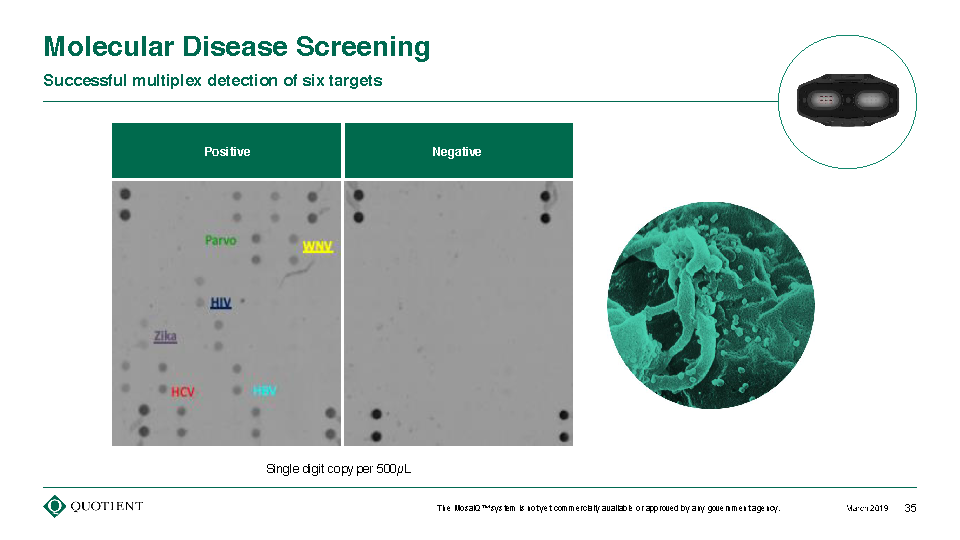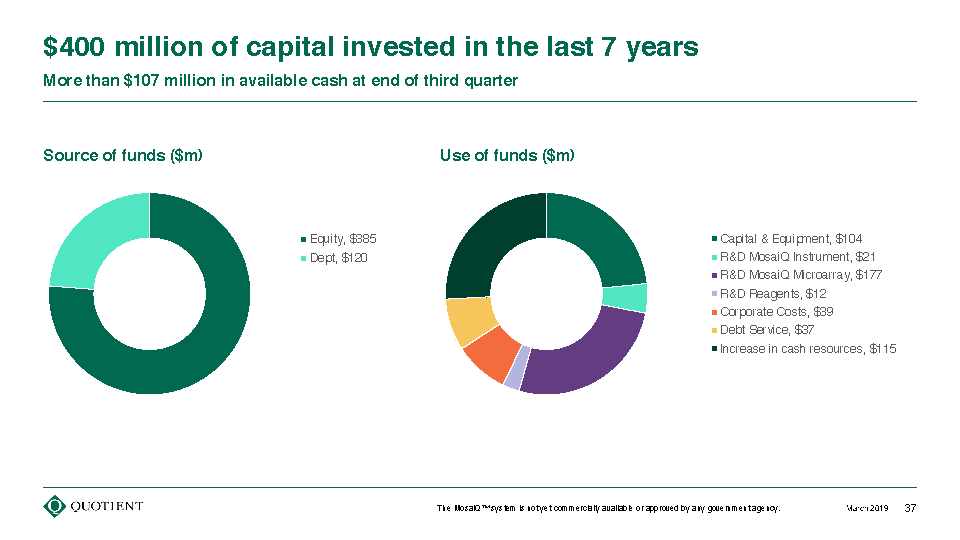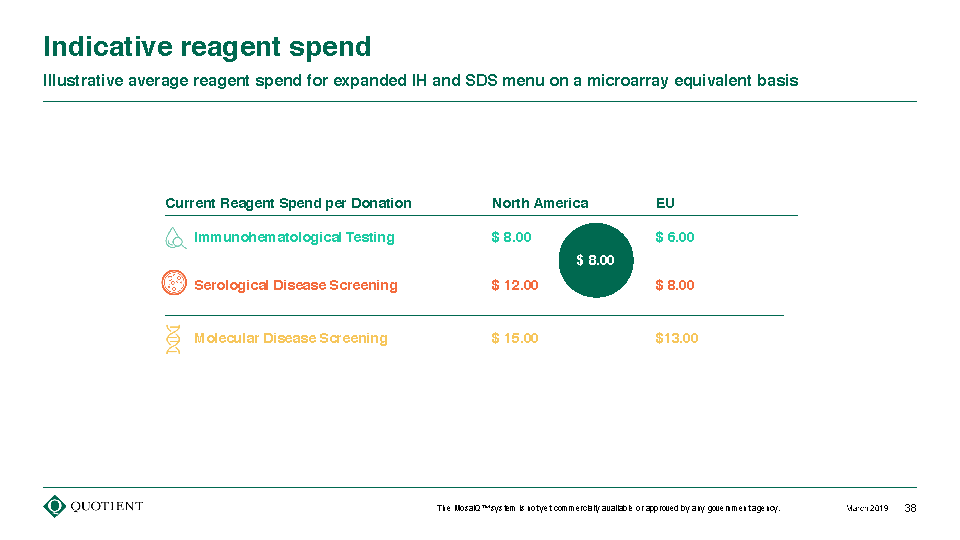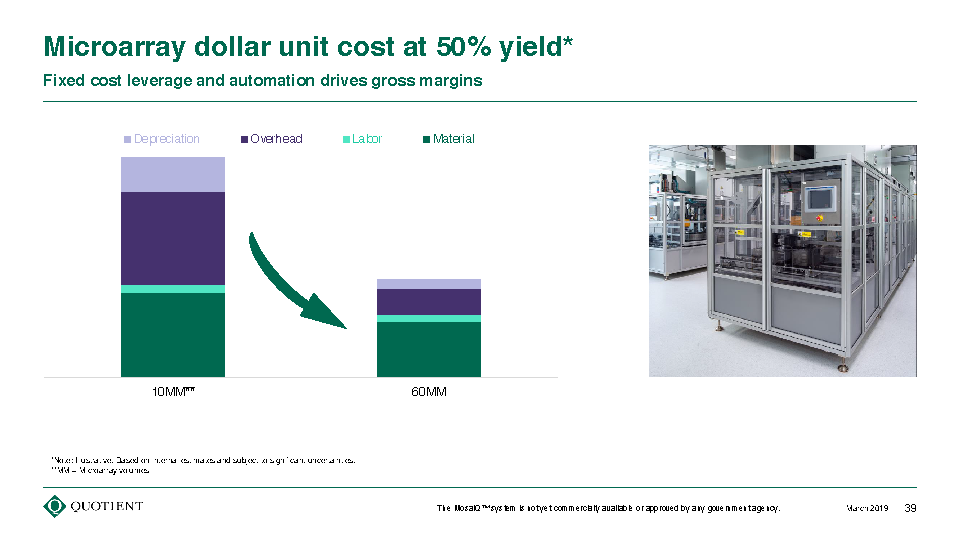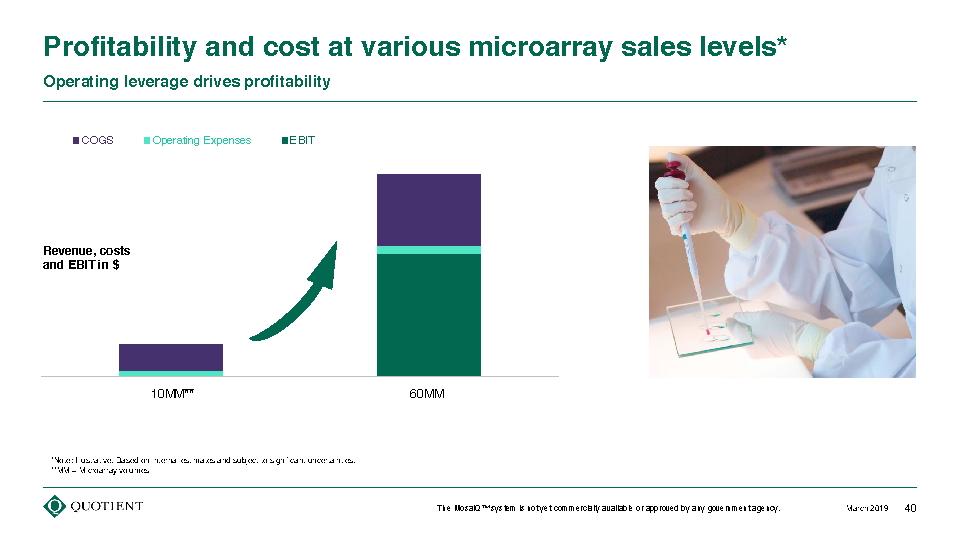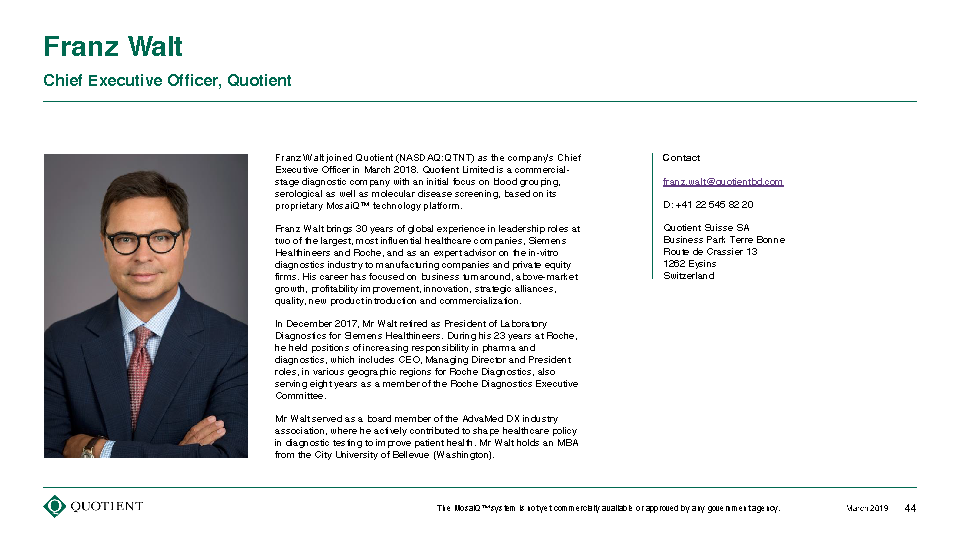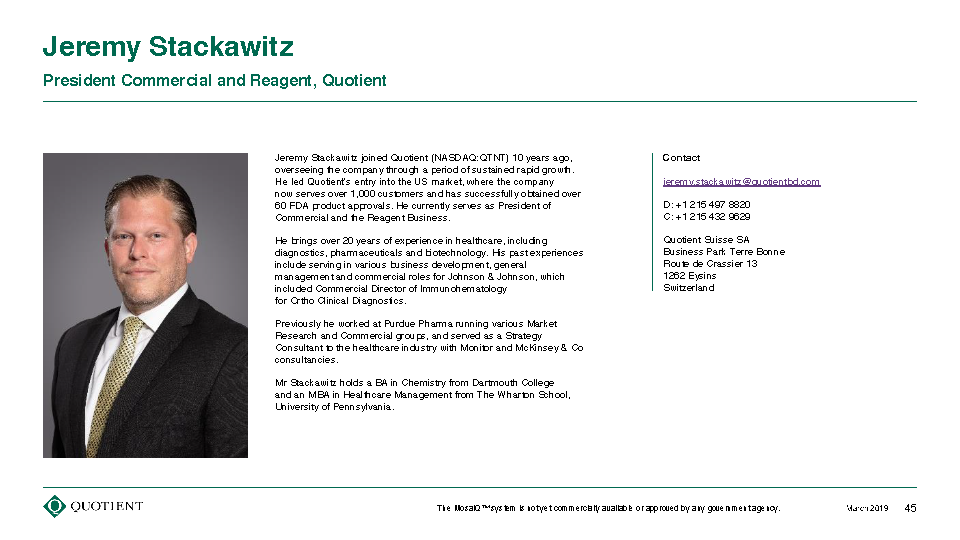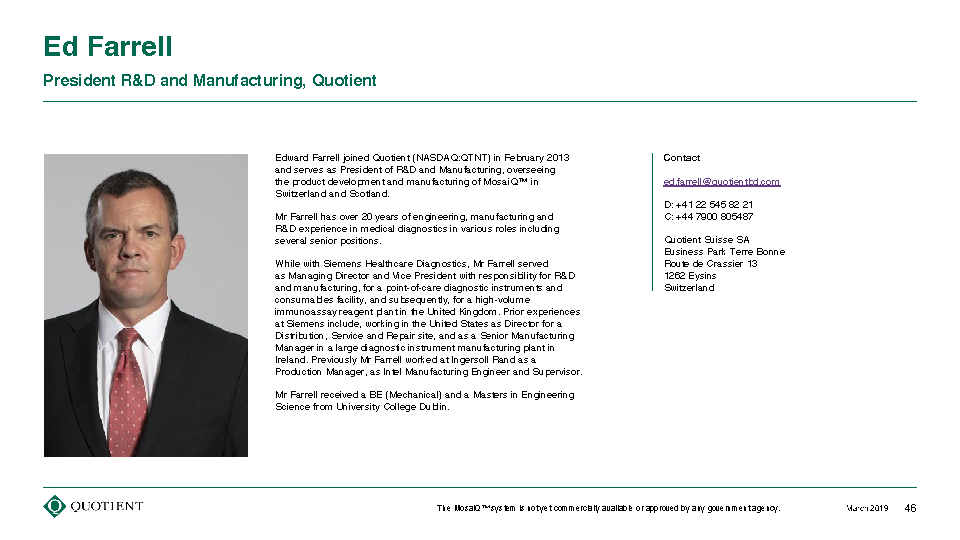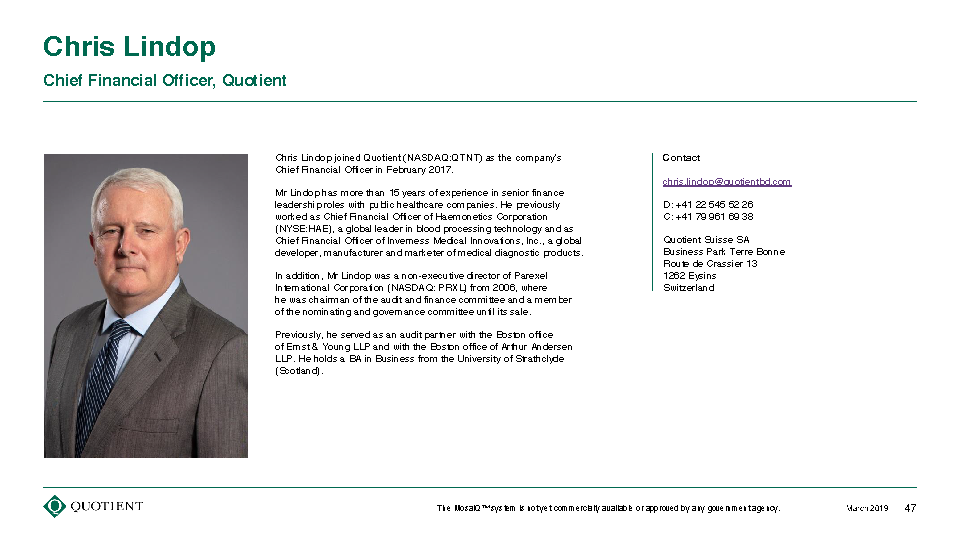Combined Company Enables Providers to Build Comprehensive Telemedicine Strategies
Purchase, NY, July 1, 2020 – Teladoc Health, Inc. (NYSE: TDOC), the global leader in virtual care, today announced that it has completed its acquisition of Santa Barbara, Calif.-area based InTouch Health. With the integration of InTouch Health’s innovative telehealth capabilities linking providers to one another in complex medical environments, Teladoc Health will connect the care experience across in-patient, outpatient and home care settings, ensuring greater access to high quality care and better health outcomes. At a time when virtual care has never been more important, the company is now the only global end-to-end partner spanning the full spectrum from acute visits and chronic conditions management to complex specialty care and remote surgery.
“As virtual care quickly becomes a necessity for all healthcare providers, the acquisition of InTouch Health positions us to lead this transformation in healthcare and be that single, integrated partner,” said Jason Gorevic, chief executive officer, Teladoc Health. “Doctors and hospitals need medical grade solutions and a unified virtual care strategy that can scale and grow with them. This acquisition makes Teladoc Health the first and only company to comprehensively deliver on that need.”
In the wake of the coronavirus pandemic, consumer openness to telemedicine has never been higher and nearly half of providers are now delivering care online or by phone. At the same time, nearly two-thirds of consumers say they want the care they receive in their communities and virtual care to work together. With a platform purpose-built for healthcare, the organizations bring unparalleled clinical quality, technological innovation and operational scale to uniquely meet needs both inside and outside the four walls of the healthcare system. Together, the company will support thousands of physician users, partnering with hundreds of hospitals and health systems around the globe.
“With both our longstanding clients and new partners that have come to us since the start of the pandemic, there is a seismic shift in the urgency and readiness of hospitals and physician practices large and small to virtualize now,” explained Joe DeVivo, president, Hospital & Health Systems, Teladoc Health. “Providers are seeking an enterprise virtual care approach. With our proven healthcare industry expertise and unified platform, we are delivering a better way to engage with patients at every point along their healthcare journey.”
Teladoc Health completed its acquisition of InTouch Health on July 1, 2020. Pursuant to the terms of the agreement as announced on January 12, 2020, the purchase price consists of approximately $150 million in cash and 4.6 million shares of Teladoc Health common stock.
Notice of Inducement Equity Awards
In connection with the acquisition of InTouch Health, and effective as of the closing date, Teladoc Health granted to 352 employees of InTouch Health restricted stock unit awards covering an aggregate of 46,669 shares of Teladoc Health common stock. These awards include grants to Mr. Joseph DeVivo and Dr. Yulun Wang of restricted stock unit awards covering 3,772 and 5,028 shares of Teladoc Health common stock, respectively. Dr. Wang received an award of 2,514 restricted stock units that vest based on continued service to Teladoc Health over the three years following the date of grant, with a prorated portion vesting earlier if his employment terminates, under certain conditions, within the 18 months following the closing date, and an award of 2,514 restricted stock units that vest in a single installment (subject to his continued employment) on the date that is 18 months following the closing date. All other restricted stock unit awards are scheduled to vest based on continued service to Teladoc Health over two to three years following the date of grant.
Additionally, in connection with the acquisition of InTouch Health, and effective as of the closing date, Teladoc Health granted to Mr. Joseph DeVivo a stock option award covering an aggregate 9,227 shares of Teladoc Health common stock, which has an exercise price of $198.85 per share. The stock option award will vest as to 33% of the award on the first anniversary of the date of grant, and, as to the remainder of the award, in 24 equal monthly installments thereafter, subject to continued service to Teladoc Health.
The stock option and restricted stock unit awards were approved by the Compensation Committee of the Board of Directors of Teladoc Health and were granted under the Teladoc Health, Inc. 2017 Employment Inducement Incentive Award Plan as employment inducement awards pursuant to NYSE rules.
For more information, visit www.teladochealth.com.
About Teladoc Health
Teladoc Health is transforming how people access and experience healthcare. Recognized as the world leader in virtual care, Teladoc Health directly delivers millions of medical visits across 175 countries each year through the Teladoc Health Medical Group and enables millions of patient and provider touchpoints for thousands of hospitals, health systems and physician practices globally. Ranked #1 among direct-to-consumer telehealth providers in the J.D. Power 2019 U.S. Telehealth Satisfaction Study and Best in KLAS for Virtual Care Platforms for 2020, Teladoc Health leverages more than a decade of expertise and real-time insights to meet the growing virtual care needs of consumers, healthcare professionals, employers and health plans. For more information, please visit www.teladochealth.com or follow @TeladocHealth on Twitter.
Cautionary Note Regarding Forward-Looking Statements
This press release contains “forward-looking statements” within the meaning of the safe harbor provisions of the U.S. Private Securities Litigation Reform Act of 1995. Forward-looking statements can be identified by words such as: “anticipate,” “intend,” “plan,” “believe,” “project,” “estimate,” “expect,” “may,” “should,” “will” and similar references to future periods. Examples of forward-looking statements include, among others, statements we make regarding future revenues, future earnings, future numbers of members or clients, litigation outcomes, regulatory developments, market developments, new products and growth strategies, and the effects of any of the foregoing on our future results of operations or financial conditions.
Forward-looking statements are neither historical facts nor assurances of future performance. Instead, they are based only on our current beliefs, expectations and assumptions regarding the future of our business, future plans and strategies, projections, anticipated events and trends, the economy and other future conditions. Because forward-looking statements relate to the future, they are subject to inherent uncertainties, risks and changes in circumstances that are difficult to predict and many of which are outside of our control. Our actual results and financial condition may differ materially from those indicated in the forward-looking statements. Important factors that could cause our actual results and financial condition to differ materially from those indicated in the forward-looking statements include, among others, the following: (i) changes in laws and regulations applicable to our business model; (ii) changes in market conditions and receptivity to our services and offerings; (iii) results of litigation; (iv) the loss of one or more key clients; and (v) changes to our abilities to recruit and retain qualified providers into our network. For a detailed discussion of the risk factors that could affect our actual results, please refer to the risk factors identified in our SEC reports, including, but not limited to our Annual Report on Form 10-K and Quarterly Reports on Form 10-Q, as filed with the SEC.
Any forward-looking statement made by us in this press release is based only on information currently available to us and speaks only as of the date on which it is made. We undertake no obligation to publicly update any forward-looking statement, whether written or oral, that may be made from time to time, whether as a result of new information, future developments or otherwise.


